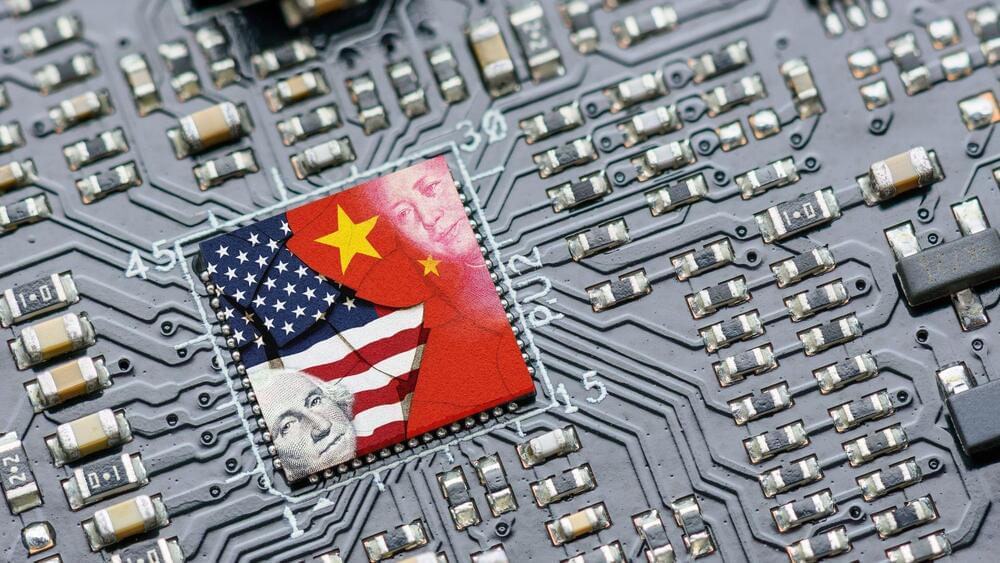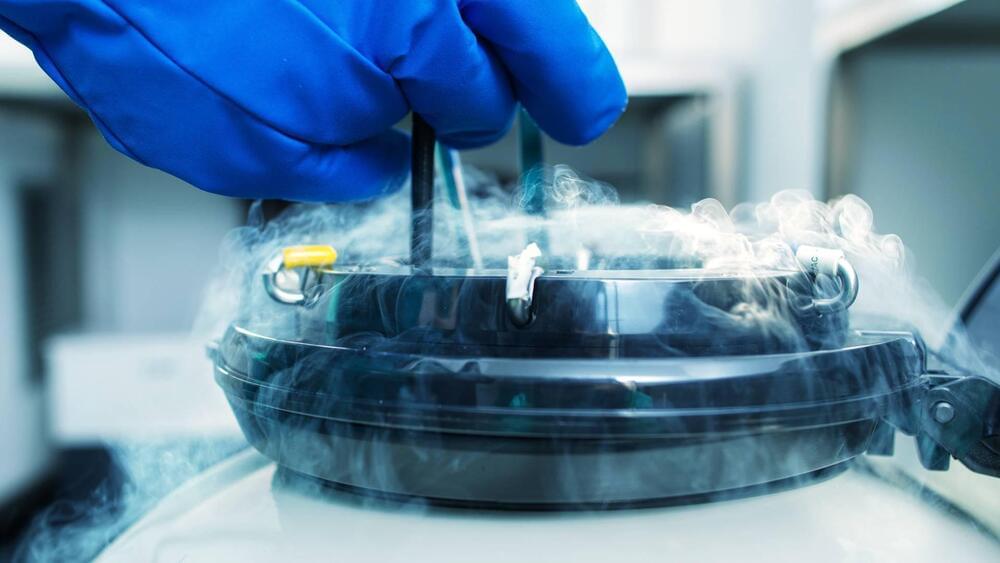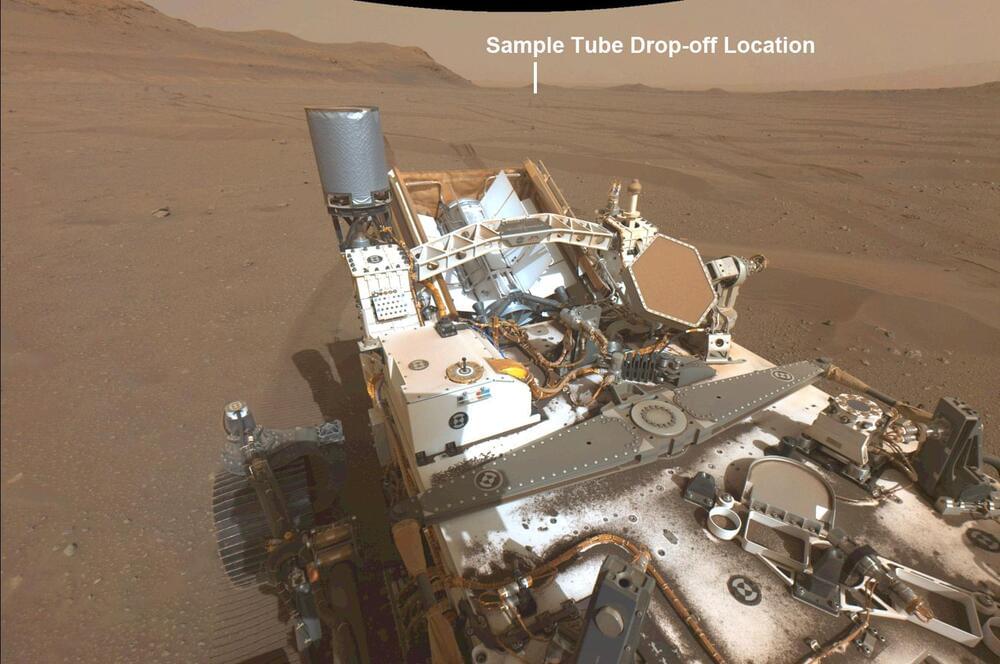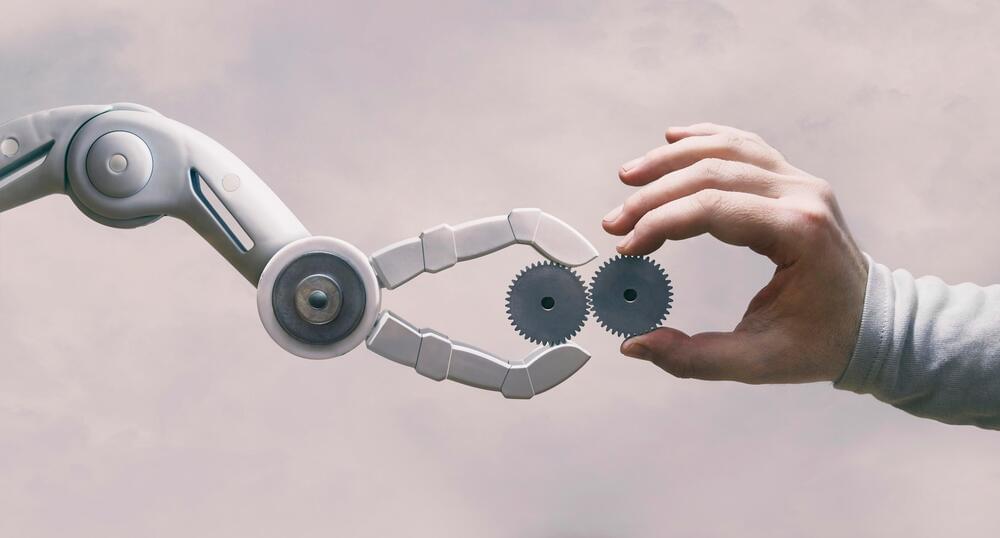“We are very pleased that we can now start with the first activities to stimulate and consolidate cellular agriculture in the Netherlands,” said Ira van Eelen, CEO of KindEart. Tech and a board member of Cellular Agriculture Netherlands. “With this we can guarantee that the Netherlands remains the ideal place for cellular agriculture to thrive. We have a rich history in cellular agriculture and are a global leader in biotechnology, alternative proteins and food innovation. Supported by this visionary leadership that the Dutch government is showing again today, we will expand our team in the coming months and roll out the first activities around public research, scaling up, and education.”
Indeed, the Netherlands has been demonstrating considerable progress in developing cultured meat. In July, for example, Dutch company Meatable revealed its first lab-grown sausages, which are expected to go on sale to consumers by 2025. The addition of €60 million in government funding will make the Netherlands an even more attractive location for companies in the sector.
Currently a niche and miniscule part of the overall food market, cultured meat has potential to become another “exponential” technology – much like the semiconductor industry, solar energy, genome sequencing, and so on. The benefits in terms of animal welfare, climate change, food safety, antibiotic resistance, land and water usage could be substantial.









